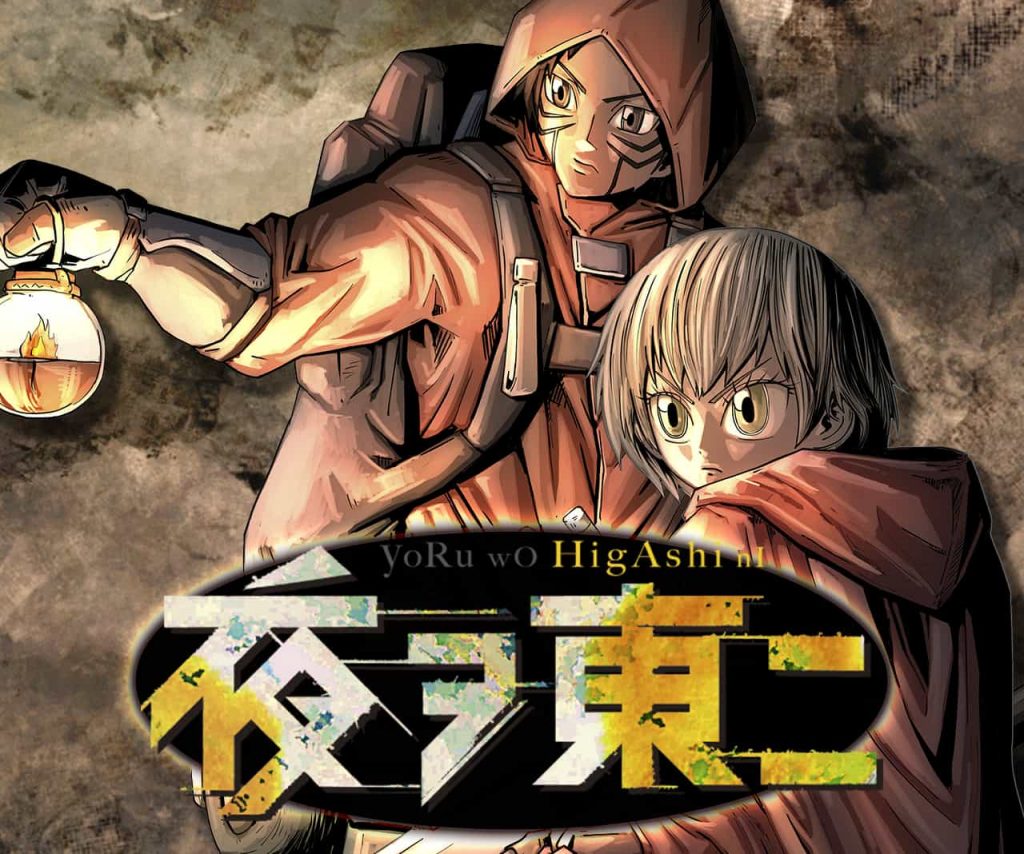
Unlike the West’s comics, manga is often drawn in black ink on white paper. This is for a number of reasons. Besides artistic style, there’s one huge factor: cost. It’s much, much cheaper for all involved. How’s this? Well, let me throw in a little history and a little know-how from doing production editor work.
Look. Printing in color is expensive. This is as true today as it was during WWII and the Post-War era in Japan, when black and white manga was on the rise. Printing in simple black and white cuts out a lot of extra pricing. This is important when wanting a weekly magazine to be inexpensive and affordable for the largest number of people possible. It’s also important to remember when producing works with dozens upon dozens of volumes. (The cost of all those purchases are going to add up regardless, after all.)
Now, taking the color out of books isn’t something that’s only done with manga. I’ve worked with a few books that were originally supposed to be full color, but only wound up with a few highlights of yellow to make certain sections pop. Think VIZ’s hardcover Jojo’s Bizarre Adventure volumes that include those sections with orange highlights. These sections are beautiful! They pop! They’re cool! But… Look, its just really expensive producing and purchasing colored comics and manga. (Heck, look at those full-color textbook prices!)
But that’s not the only cost cutting method the manga industry uses to get more volumes of your favorite shonen protagonist into more hands. Paper types are something I’ve grown more interested in after being in book production and part of the process of deciding what type of paper is best for each book. And let me tell you, those prices swing wildly (especially during paper shortages). The whiter and brighter the paper, the more expensive it is. So that super glossy, so-white-it-blinds-you paper that trade graphic novels are printed on? Yeah, really expensive. And that means the price of the book or graphic novel or manga goes up for readers.
Manga are generally printed on a much cheaper grade of paper. This paper is recycled, and the reason it isn’t as white as some other papers is usually because it doesn’t go through all those time consuming processes to bleach out every spec of ink and dye from its previous lifecycle.
So, the paper’s cheaper, the ink is cheaper, and there are less inkers and people in production and design involved in the process (meaning less people to pay). What does this mean in the digital age, though? Behemoth monthly magazines like Shonen Jump are turning to digital-only. Digital-first manga volumes aren’t uncommon, and websites such as Crunchyroll have simulpub chapters released in conjunction with Japan in an online-only basis.
This means one important thing. You can find some manga in color! Sure, there have always been outliers. I have some old full-color copies of Inuyasha sitting right on my bookshelf. But being able to completely ignore printing costs means that there are now several full-color digital-only manga. Maybe they won’t ever get a print run. Maybe they’ll get a fancy collector’s edition one day. Even so, they are beautiful.
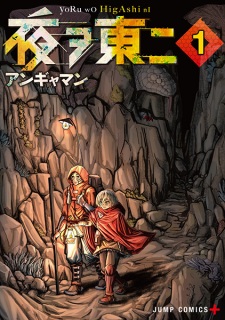
East, Into the Night is a completed, 12 chapter manga that was released by Suiesha and can be found on the Manga Plus website and app for free (at least in the US, other countries may have varied access). The story in this short series is set in a world of total darkness that people call “night.” But there are tales that night once had an opposite called “morning.” Our protagonists go off in search of this light in a dark forgotten world.
If you want an example of absolutely stunning lighting and shading, check this out. The quiet flickering of fires and lamplight. Long-forgotten secrets of the world are brought to stunning life as light and technology are slowly discovered. The transitions from total darkness, to the safety of the orangey glow of the fire, to the brilliance of morning are quite a sight to behold.
Reading East, Into the Night is a real treat. The use of light, darkness, and the shadows cast by firelight are near perfect, and would certainly look incredibly differently if only black ink could be used. I highly recommend picking up the series. Keep your eyes peeled for other digital exclusive full-color manga too.

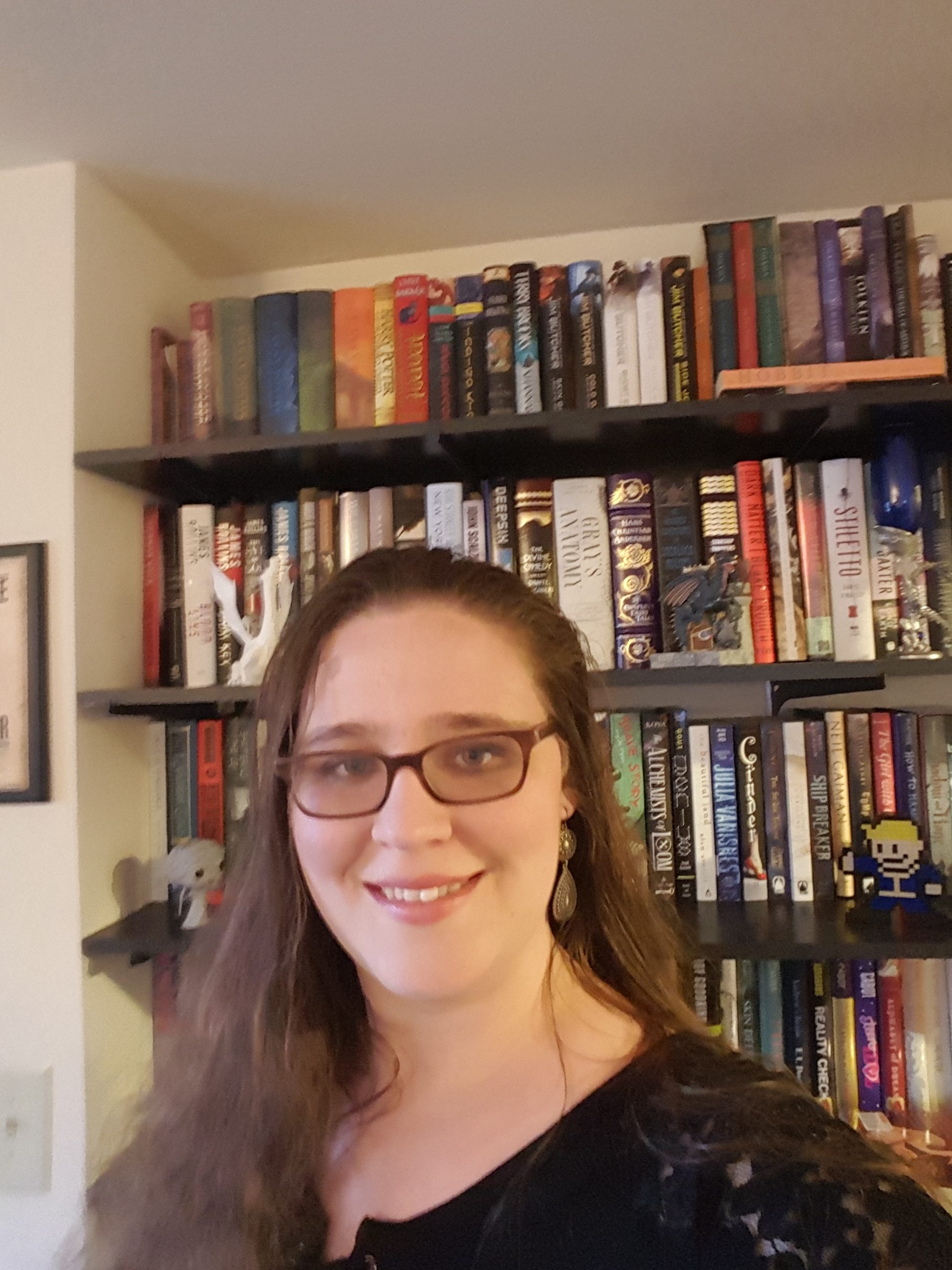
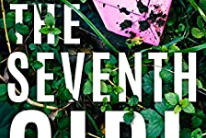
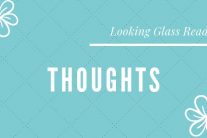

Post a comment